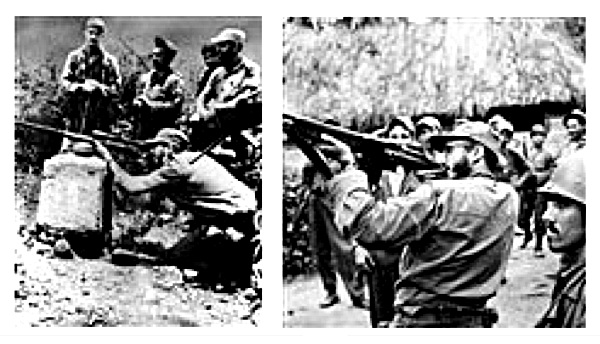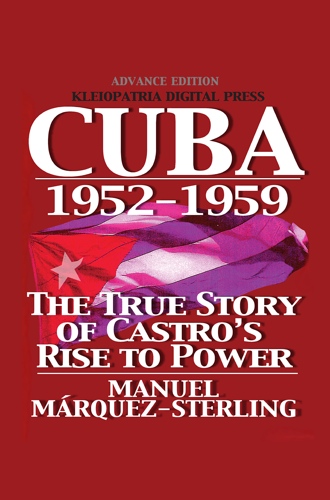January 30, 1958
Cuba began the year with bright prospects economically and politically. A peaceful resolution of the political crisis was on the horizon with the coalescing of the electoralist opposition in the Manifesto of the Five, and Batista agreeing to step down and hold elections meeting the conditions demanded by the constitutionalist opposition. The economic prospects were exceptionally bright. As the New York Times reported, the economy was not significantly affected by the revolutionary violence, in fact national income rose by about 50% with solid indications of strong continued growth. Salaries and wages rose more than 10% in the first eight months of the year. Sugar was the core of that economic prosperity.
To Castro those good news were troubling. A political resolution and economic prosperity would put an end to his plans to establish a totalitarian regime. He responded by a two-pronged strategy: derailing the political compromise underway; and destroying the economy—ensuring the political crisis intensified and a new economic crisis was put in motion. To achieve the latter, he launched a campaign to destroy the sugar crop.
At the height of the sugar harvesting season Castro pledged to incinerate the entire crop. On 30 January, M-26-7 light single-engine aircraft dropped phosphorus bombs setting fire to cane fields of five large sugar mills in Camagüey Province. Those fires alone consumed on the order of 150 million punds of sugar. On 3 February, another aerial fire bombing targeted cane plantations of the Resuelta sugar mill at Sagua la Grande in Las Villas Province. The greatest number of attacks were in Oriente province.
In a LOOK magazine interview with Castro, Andrew St. George asked “You say you will burn Cuba's entire sugar crop. The island's economic life depends on it. What can you gain by this?” Castro replied: “Our intent is to burn the harvest to the last stalk, including my own family's large sugar-cane farm here in Oriente Province. It is a hard step. But it is a legitimate act of war. From sugar taxes, Batista buys bombs and arms, pays his newly doubled army. Only their bayonets now keep him in power.”
With the benefit of 50 years of hindsight, the St. George 1958 interview is enlightening reading, a clear record of the difference between the change that Castro promised and that he delivered in his first few months in power. This is even more so of the “first-person account” that St. George brought back by Fidel Castro “to state our aims and to correct the many errors and distortions circulating about our revolutionary struggle.” That story, titled Why We Fight, was published in the February 1958 issue of Coronet.
based on Manuel Márquez-Sterling's Cuba 1952-1959 and
Cuba 1952-1959 Interactive Timeline
Cuba 1952-1959 Interactive Timeline



 Mobile subscription
Mobile subscription



No comments:
Post a Comment